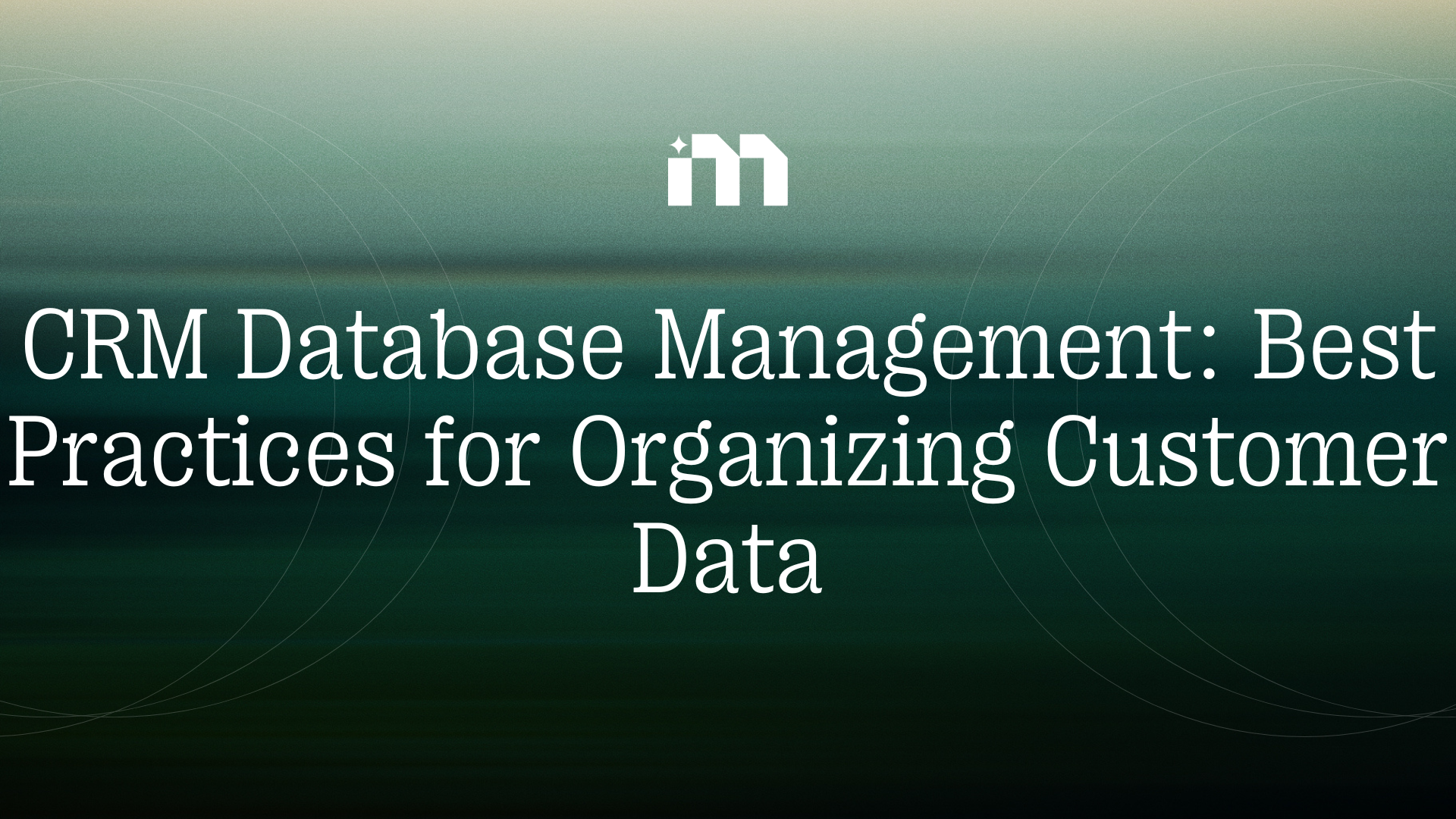
Why do businesses spend so much time fixing their brand message? Because customers no longer respond to generic marketing campaigns.
Shoppers expect brands to understand them as individuals, not as part of a broad demographic. This is especially true in e-commerce, where cultural norms, language, values, and local buying habits shape consumer behavior.
This points to the fact that without personalized marketing, you will risk alienating customers. That’s going to hurt your revenue opportunities eventually.
And since the digital marketplace gives you the opportunity to operate globally, you have to resonate with audiences worldwide. There are probably 1000+ cultures and subcultures in the world.
It’s challenging to say at the least. That’s why cultural marketing and localized customer engagement are no longer optional.
Why One-Size-Fits-All Messaging Fails?
Traditional marketing campaigns often rely on broad segmentation, age, gender, or general geography. While this approach simplifies operations, it ignores the rich diversity within consumer bases.
- Cultural nuances matter
Colors, imagery, idioms, and humor that work in one region may confuse or even offend audiences elsewhere.
- Buying habits differ
In some cultures, discounts drive decisions; in others, trust and reviews carry more weight.
- Language is more than translation
Direct translations rarely capture tone, sentiment, or local context.
When e-commerce brands ignore these factors, their campaigns feel impersonal, decreasing engagement and conversion. This is why personalized marketing that integrates cultural understanding is critical for success.
What’s The Role of Cultural Marketing in E-Commerce?

Cultural marketing is the practice of designing campaigns that resonate with the local customs, values, and expectations of specific consumer segments. For e-commerce, this could mean tailoring product descriptions, visuals, email campaigns, or even checkout experiences to match local preferences.
Some examples could clarify it more -
- Festivals and holidays: Promoting Ramadan collections in Southeast Asia or Diwali offers in India shows cultural awareness.
- Local imagery and references: Using region-specific settings or popular local motifs in campaigns increases relatability.
- Behavioral adaptation: Understanding how different cultures browse, compare, and purchase products allows brands to optimize their sales funnel.
So, when you combine cultural insights with personalized marketing, you move beyond superficial localization. The experiences you deliver truly resonate.
Localized Customer Engagement Is The Key to Global Success
It’s natural to gravitate towards messaging that resonates more with your country of origin. But you have to understand that operating in the e-commerce space means you cannot restrict yourself to translations and time zones.
Localized customer engagement breaks these barriers by creating content, offers, and interactions that feel native to each target audience.
So, if you were building a strategy, some pointers would be -
Case Studies: Cultural Personalization in Action
- Global Apparel Brands
Many international fashion retailers create country-specific campaigns for seasonal launches. In Japan, minimalist aesthetics and subtle colors are favored, whereas in Brazil, vibrant visuals and bold messaging resonate more.
- Food and Beverage E-Commerce
Popular coffee brands adjust their email campaigns to include local holidays, idioms, and popular flavors, increasing engagement rates.
Since we are talking about coffee brands, you cannot help but mention Starbucks and how it didn’t work in Italy because it couldn’t figure out the cultural angle.

- Tech Gadgets
Online electronics stores highlight features differently based on region. For instance, battery life may be emphasized in regions with frequent power outages, while camera quality is highlighted in markets where photography trends are strong.
Each of these examples demonstrates how personalized marketing combined with cultural marketing drives stronger results than generic campaigns.
The Technology Behind Cultural Personalization
Achieving effective localized customer engagement requires data-driven tools that understand regional preferences. AI and machine learning enable brands to -
- Analyze user behavior by region and predict preferences
- Tailor product recommendations and promotional messaging in real time
- A/B test culturally adapted content for optimal engagement
Some people frown upon the use of AI. Well, you should if it takes out the originality from your messaging. But if it helps enhance your voice and make it more relevant at scale, then why not?
What Are Some Practical Steps for E-Commerce Brands?
If you are new to personalized marketing, these steps can help you drive localized customer engagement and improve overall ROI -
One-size-fits-all marketing no longer works in a diverse global e-commerce environment. Brands that ignore cultural differences risk losing relevance, engagement, and sales. Integrating cultural marketing with personalized marketing strategies allows e-commerce merchants to craft experiences that feel local, meaningful, and relevant.
FAQs
1. What is personalized marketing in e-commerce?
Personalized marketing uses data and insights to tailor messages, product recommendations, and promotions for individual customers. In e-commerce, this approach increases relevance, boosts engagement, and drives higher conversions compared to generic campaigns.
2. How does cultural marketing improve e-commerce campaigns?
Cultural marketing ensures that campaigns align with the values, language, and customs of specific regions or customer segments. By integrating local norms into messaging, visuals, and offers, brands create meaningful connections that resonate with audiences worldwide.
3. What is localized customer engagement?
Localized customer engagement is the practice of adapting your marketing and customer interaction strategies to fit regional preferences. This includes language, imagery, promotions, and timing. It ensures that each customer feels understood and valued, leading to higher loyalty and repeat purchases.
4. Why does one-size-fits-all messaging fail in e-commerce?
Generic campaigns ignore cultural differences, language nuances, and local buying behaviors. This can lead to disengaged customers, lower click-through rates, and missed sales opportunities. Personalized marketing paired with cultural marketing ensures campaigns are relevant, meaningful, and effective.
5. How can e-commerce brands implement cultural personalization at scale?
Brands can leverage AI tools to analyze regional behavior, tailor content dynamically, and optimize campaigns in real time. Segmenting audiences beyond geography, adapting creative assets, and monitoring performance ensures localized customer engagement at scale.
6. Can small e-commerce businesses benefit from cultural personalization?
Yes. Even small stores can use AI-driven personalized marketing tools to target specific customer segments, implement local promotions, and optimize messaging for regional audiences. Cultural personalization helps small brands compete effectively in global markets.







.jpg)

.png)



